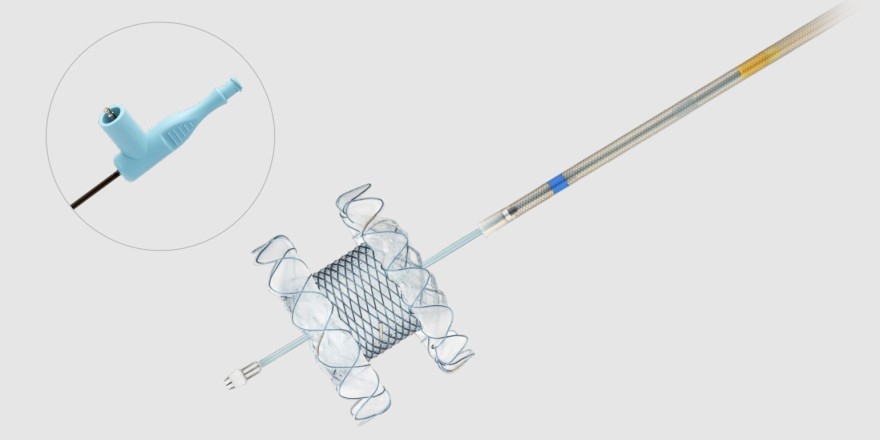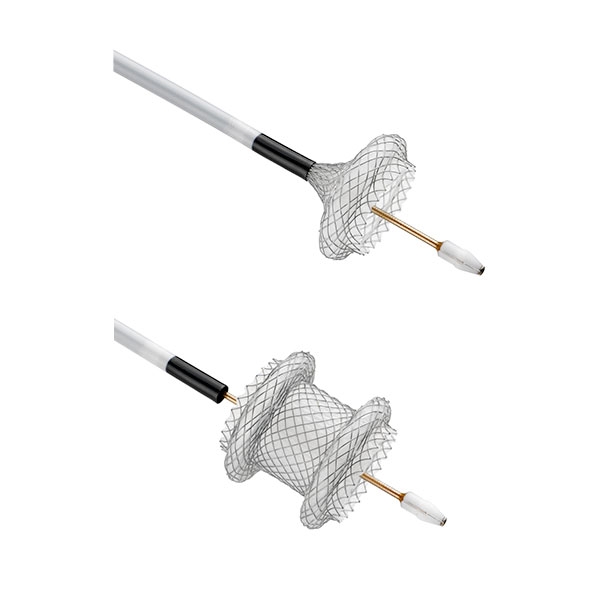Stent delivery systems play a key role in medical procedures, particularly in cardiology and vascular surgeries. A stent is a small tube that helps keep blood vessels open. These systems have evolved over time to make procedures safer and more effective.

The Big Lumen Stent Delivery System is designed for cases that require larger stents, such as in large blood vessels or complex anatomy. It allows doctors to place larger stents more easily and accurately. This advancement has improved treatment options for patients with challenging medical conditions.
Technological Advances in Stent Delivery Systems
Design Improvements
The Big Lumen Stent Delivery System includes key components such as the catheter, guide wire, and stent. Each of these parts has been improved over time. New materials and coatings are now used to make stents more biocompatible and durable. This ensures they work well with the human body. In addition, coatings are designed to make the stents easier to see on imaging scans. Advances in the system also allow it to handle larger lumen sizes. These improvements make the system more effective and adaptable to various medical needs.
Mechanisms of Deployment
There are two main types of stent deployment systems: balloon-expandable and self-expanding systems. Balloon-expandable systems use a balloon to expand the stent, while self-expanding systems use a spring mechanism. Both systems allow for precise placement of the stent. Controlled release mechanisms are also being developed. These mechanisms help ensure the stent stays in place more accurately and with better stability.
Miniaturization and Flexibility
One of the key improvements in stent delivery systems is miniaturization. Newer systems are smaller and more flexible. These designs make it easier to navigate complex blood vessels. The improved catheter design also helps doctors maneuver the stent more easily through narrow or tortuous arteries.
Enhanced Imaging and Guidance Systems
New imaging technologies are being used in stent placement. Techniques like fluoroscopy, optical coherence tomography (OCT), and intravascular ultrasound (IVUS) provide detailed images of the blood vessels. These technologies allow doctors to monitor the placement of the stent in real time. This makes the procedure more accurate and helps reduce risks.
Automation and Robotics
Robotics are playing a growing role in stent delivery. Automated systems can improve the accuracy of stent placement. They also help reduce human errors. By using robots, doctors can perform procedures with greater precision, leading to better patient outcomes.
Clinical Applications
Cardiovascular Applications
The Big Lumen Stent Delivery System is widely used in treating coronary artery disease and carotid artery disease. These conditions often involve narrow or blocked arteries. The system’s ability to handle larger lumen sizes makes it ideal for treating such problems. Special care is needed when dealing with large or tortuous arteries. The system is designed to meet these challenges.
Peripheral Vascular Interventions
This technology is also used in peripheral artery disease (PAD) and conditions like aortic aneurysms. The Big Lumen Stent Delivery System can treat blockages or weaknesses in arteries outside of the heart. It is also effective in iliac artery disease, helping to restore blood flow.
Neurosurgical Applications
In neurosurgery, stents are used to treat conditions like brain aneurysms. The system is designed to place stents accurately in the brain’s vasculature. This helps prevent aneurysms from rupturing, which can be life-threatening.
Other Special Cases
The Big Lumen Stent Delivery System is also used in complex or high-risk patients. For example, it is helpful for elderly patients, diabetics, or those with calcified lesions. The system’s flexibility and precision make it a valuable tool in these challenging cases.

Clinical Benefits
Enhanced Patient Outcomes
The Big Lumen Stent Delivery System offers many benefits for patients. One of the key advantages is improved long-term patency. This means the stent stays open longer, reducing the chance of restenosis (re-narrowing of the artery). In addition, there are fewer complications during and after the procedure. This makes the procedure safer for patients and helps them recover more quickly.
Improved Precision and Minimally Invasive Procedures
The system also provides more precise stent deployment. This reduces the risk of complications. Doctors can place the stent in the correct position more easily. As a result, patients face less tissue damage. The procedure is less invasive, meaning there is less trauma to the body. Recovery times are also shorter because of the less invasive nature of the procedure.
Lower Complication Rates
Another benefit of this system is the reduction in complications. The risk of embolism (blood clots), dissection (tearing of blood vessels), and stent malpositioning is lower. This leads to better outcomes for patients. These complications can be serious, so reducing them is a major advantage of the Big Lumen Stent Delivery System.
Potential for Treating More Complex Cases
This system is also useful in treating more complex cases. It can help treat patients who were previously considered high-risk or inoperable. With the system’s precision and flexibility, doctors can manage more difficult conditions. This offers hope for patients who may not have had treatment options before.
Future Directions
Ongoing Innovations in Stent Delivery Systems
The technology behind stent delivery systems is constantly improving. One area of focus is biocompatible materials, which work well with the human body. Drug-eluting stents, which release medication to prevent restenosis, are also being developed. Next-generation coatings are another area of improvement. These coatings can improve the stent’s effectiveness and longevity.
Integration of Artificial Intelligence (AI) and Machine Learning
AI is beginning to play a role in stent placement. Artificial intelligence can help doctors make better decisions during the procedure. It can also optimize the results of the treatment. Machine learning algorithms are being developed to predict patient outcomes. These tools can analyze large amounts of data to help doctors provide the best care.
Minimally Invasive Techniques
Advancements in catheter-based techniques are also being made. These techniques are part of the trend toward minimally invasive procedures. Endovascular surgeries, which involve smaller incisions, are improving. This makes the procedures safer and less painful for patients.
Personalized Medicine and Customization
Another important direction is personalized medicine. Doctors are using genetic and anatomical data to design patient-specific stent delivery systems. This means the treatment can be tailored to each patient’s unique needs. Customizing the stent system can improve the chances of success.
Final Thoughts
The advancements in stent delivery systems, including design improvements, precise deployment mechanisms, and enhanced imaging technologies, have significantly improved patient outcomes. As these technologies evolve, their accessibility in underserved regions will improve, enhancing global healthcare. The ongoing innovations in stent delivery systems promise to revolutionize vascular interventions, offering more effective and safer solutions for patients worldwide. Demax ODM of medical products leverages advanced technology, deep industry experience, and a commitment to quality to deliver innovative, reliable medical solutions.